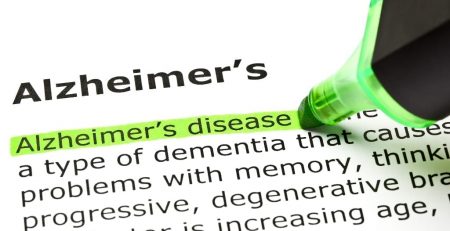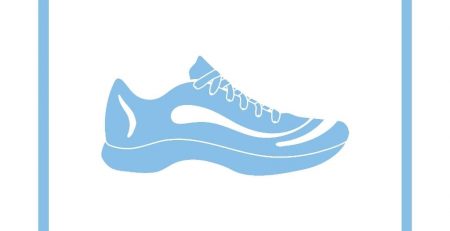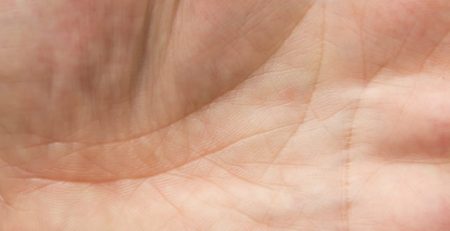Pollution Affects Pregnancy
Raanan Raz of Harvard University is the lead author on the paper about a new study. This new study concentrates on the idea of exposure of pollution in the air linking to pregnancy and autism. Exposure would be the most effective during the third trimester, and more danger was present when the amount of particulate matter increased. The link between children developing autism once exposed to particulate matter during early childhood has been looked at, but this new study is the first to collect data across the United States that looks at exposure to particulate matter smaller than 2.5 microns during pregnancy. Though, there wasn’t much relation between autism risk and the size of the particles. The data from 116,000 pregnant women from all 50 states who had given birth from 1989 and onward were analyzed by the researchers. 245 of the resulting children were diagnosed with autism spectrum disorder. Their prenatal exposure to pollution was compared those with 1,522 developmentally typical children. The air quality data from the EPA for each of the corresponding times and locations was used by the researchers.
Exposure to higher levels during the third trimester brought the greatest risk. “Our data add additional important support to the hypothesis that maternal exposure to air pollution contributes to the risk of autism spectrum disorders,” senior author Marc Weisskopf said in a press release. “The specificity of our findings for the pregnancy period, and third trimester in particular, rules out many other possible explanations for these findings.” Women who lived in areas with high levels of particulate matter would give birth to children with a risk of developing autism that was twice as high as others. The study also showed exposure prior and after pregnancy did not affect the risk. “The evidence base for a role for maternal exposure to air pollution increasing the risk of autism spectrum disorders is becoming quite strong,” Weisskopf concluded. “This not only gives us important insight as we continue to pursue the origins of autism spectrum disorders, but as a modifiable exposure, opens the door to thinking about possible preventative measures.”














